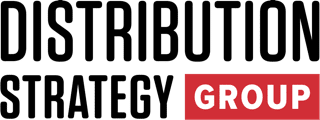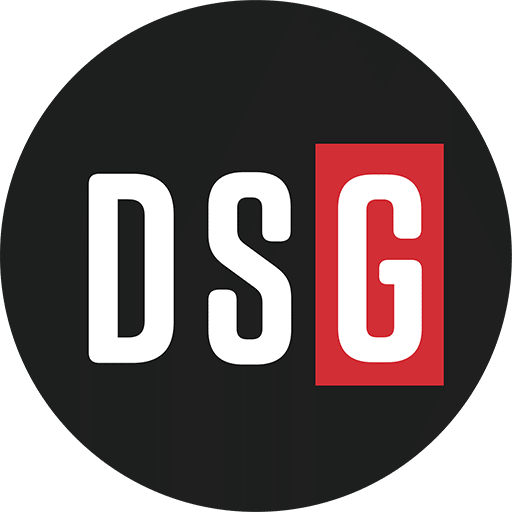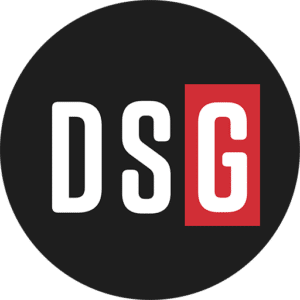U.S. manufacturing activity contracted for the fifth consecutive month in July, as ongoing tariff pressures, declining employment, and weak demand continued to drag the sector into deeper decline, according to the latest Manufacturing ISM Report On Business.
The Manufacturing Purchasing Managers’ Index (PMI) registered 48.0 in July, down one percentage point from June’s reading of 49.0. Readings below 50 indicate contraction. July’s figures follow a brief two-month expansion this spring, which came after 26 straight months of contraction.
“In July, U.S. manufacturing activity contracted at a faster rate, with declines in the Supplier Deliveries and Employment indexes contributing as the biggest factors in the 1-percentage point loss of the Manufacturing PMI,” said Susan Spence, chair of the Institute for Supply Management Manufacturing Business Survey Committee.
Of the five subindexes that directly factor into the PMI, only production remained in expansion territory, rising to 51.4 in July from 50.3 in June. The employment index fell to 43.4, indicating accelerated job cuts. New orders remained weak, registering 47.1 — the sixth consecutive month of contraction.
“Panelists indicated that managing head count is still the norm at their companies, as opposed to hiring,” said Spence. “The mixed indicators in output suggest companies still being cautious in their hiring even with an increase in production.”
Spence noted that 79% of the sector’s gross domestic product (GDP) contracted in July, up from 46% in June. More troubling, 31% of GDP is now “strongly contracting,” with PMI® readings of 45 or lower.
“Of the six largest manufacturing industries, none expanded in July, compared to four in June,” Spence said.
Among the 18 industries surveyed, only seven reported growth in July, including apparel, plastics and rubber products, and primary metals. Meanwhile, 10 sectors reported contractions, such as chemical products, machinery, and transportation equipment.
Manufacturers continue to cite tariffs as a major concern.
“These tariff wars are beginning to wear us out,” reported a panelist in the apparel, leather and allied products industry. “It’s been very difficult to forecast what we will pay in duties and calculate any cost savings we’ve had this year. There is zero clarity about the future, and it’s been a difficult few months trying to figure out where everything is going to land and the impact on our business. So far, tremendous, and unexpected costs have been incurred.”
Another executive in the machinery sector said higher interest rates and shifting trade policies were creating additional uncertainty. “Tariff policies are uncertain, which slows down (1) our investment in new projects, (2) component sourcing for new products, (3) blanket orders and (4) replenishment of large inventory quantities.”
In the electrical equipment industry, one respondent noted, “Tariffs are causing complete uncertainty around sourcing strategies. A sit-and-wait game for now.”
The Supplier Deliveries Index fell 4.9 points to 49.3 in July, indicating faster delivery performance and suggesting supply chains are catching up as demand weakens. The Inventories Index also slipped to 48.9, as companies continue to draw down stock in response to softening orders.
At the same time, raw material costs remained elevated. The Prices Index dropped to 64.8 from 69.7, signaling continued inflationary pressure, albeit at a slower rate.
“Prices continued to increase, but at a slower rate,” said Spence. “The Prices Index reading continues to be driven by increases in steel and aluminum prices that impact the entire value chain, as well as tariffs applied to many imported goods.”
External demand remained sluggish. The New Export Orders Index fell slightly to 46.1, its fifth consecutive month in contraction. Imports also remained soft, registering 47.6.
“The continued contraction of new export orders could be indicative of ongoing trade friction and dampened demand,” Spence said.
The report shows manufacturers are scaling back hiring, pulling back on capital expenditures, and focusing on supply chain resilience amid political and economic uncertainty. Lead times for capital expenditure fell to 173 days in July, while the average lead time for MRO supplies decreased to 44 days.
Despite stronger production, industry sentiment remains cautious.
“Sales are about on par with 2024, but nowhere near budget forecast,” said a panelist from the Nonmetallic Mineral Products sector. “Tariff concerns seem to be growing as the year progresses.”
Another respondent from the Furniture & Related Products sector summed up the industry mood more bluntly: “Still uncertainty about tariffs and associated inflation.”
Don’t miss any content from Distribution Strategy Group. Join our list.


